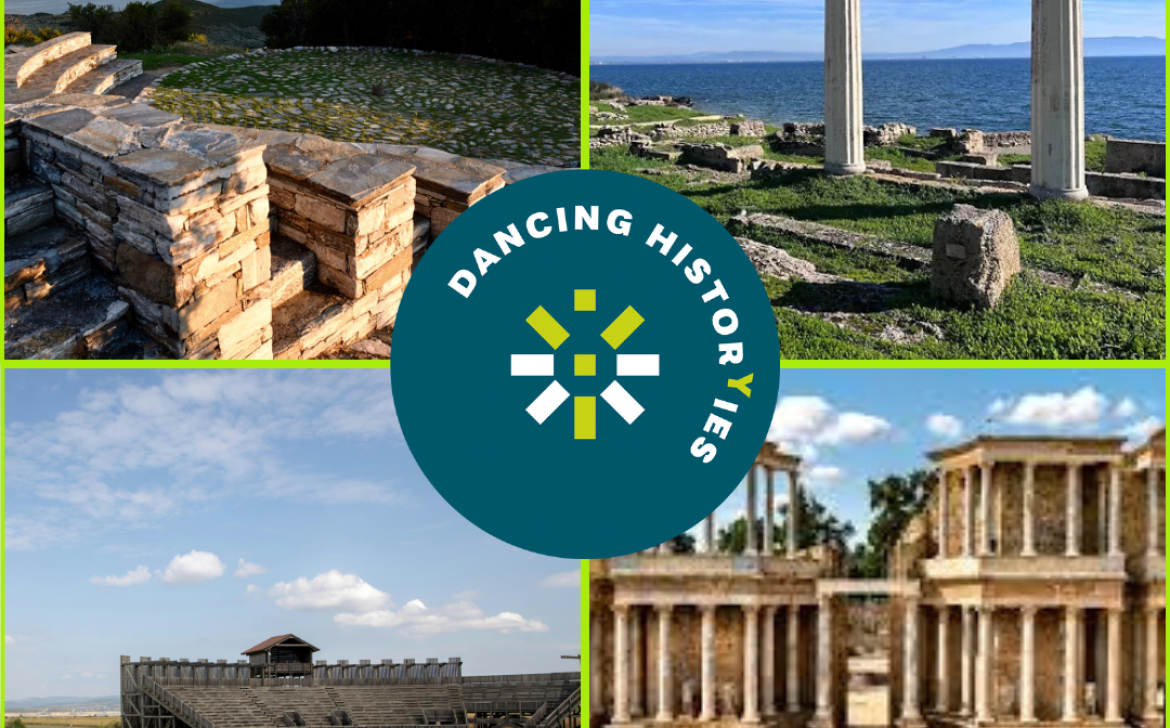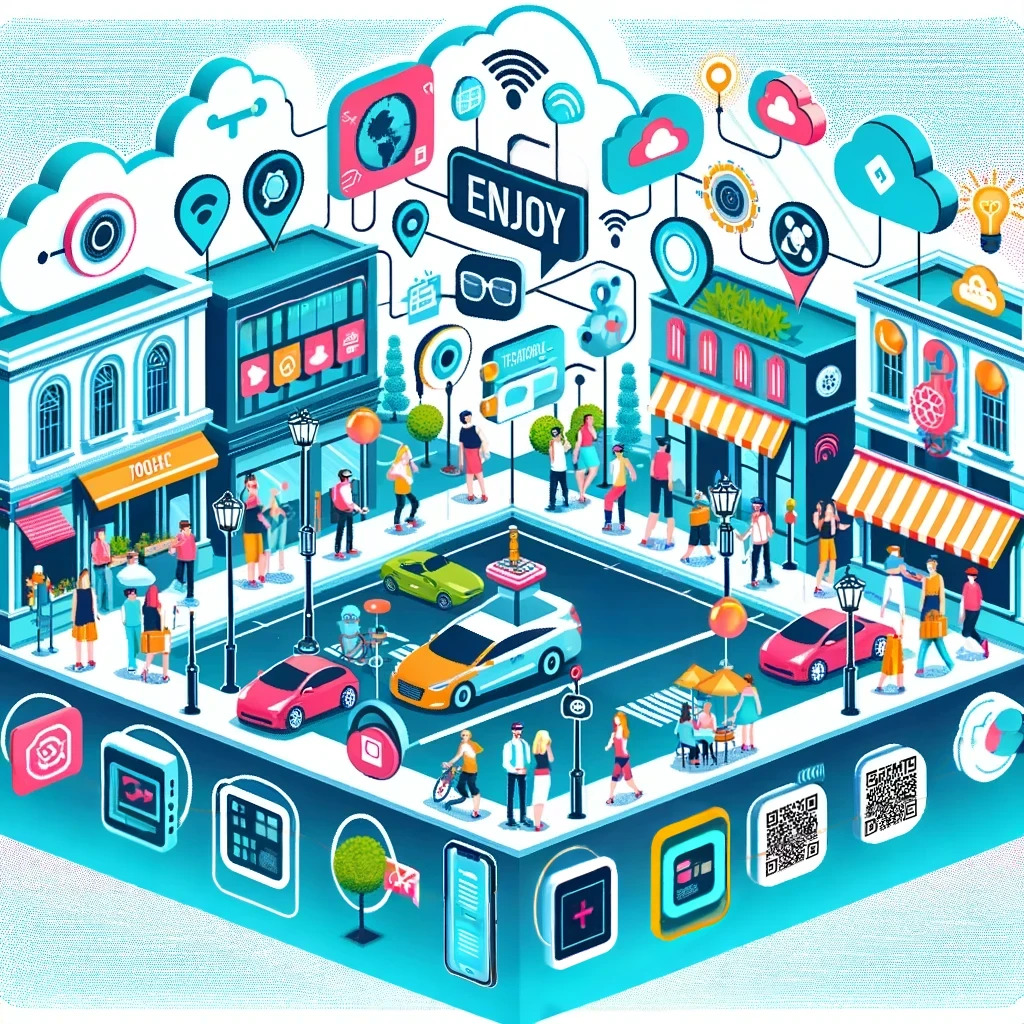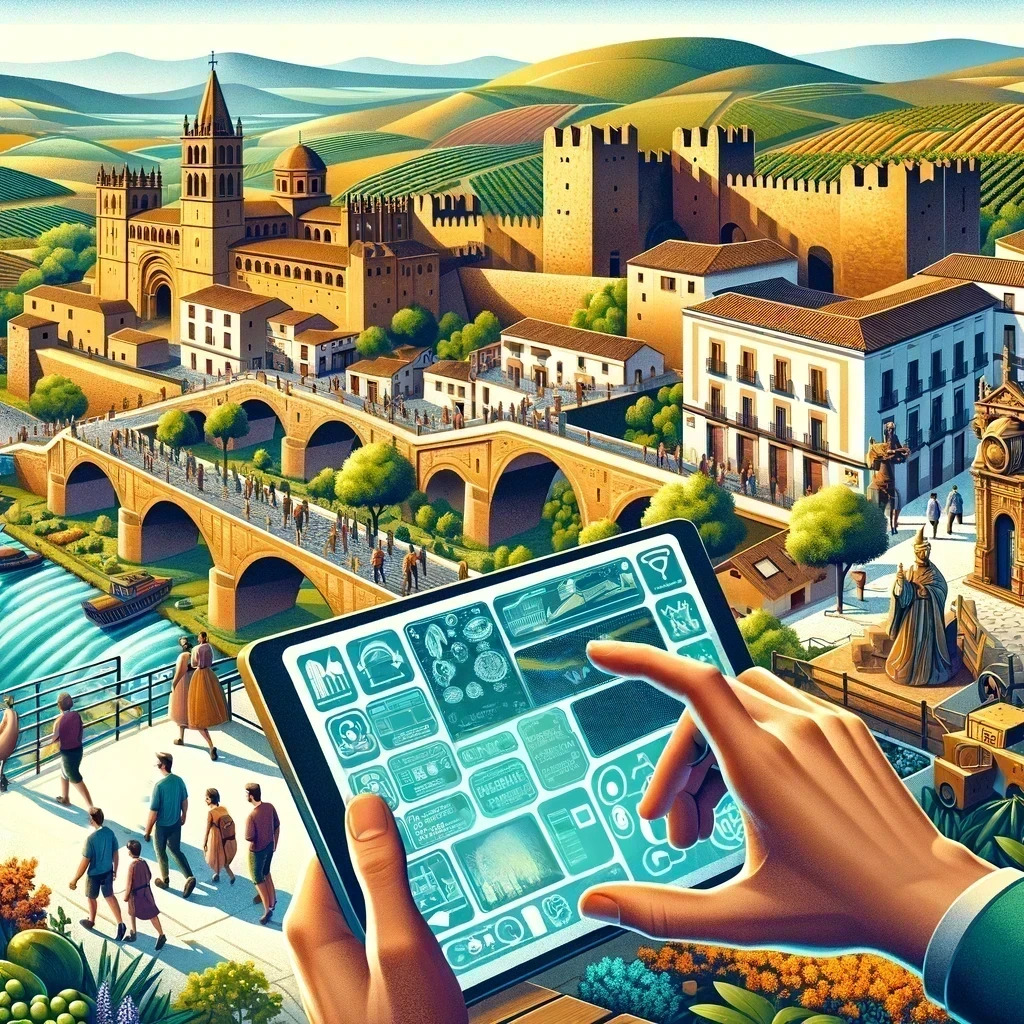4th Edition of the @ Digital Region Awards
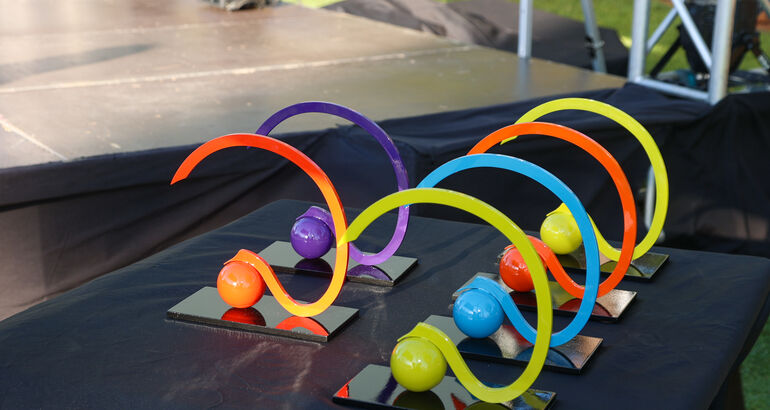 DigitalPress Group celebrated an unforgettable evening this Wednesday with the presentation of the 4th @ Awards of their newspaper Regiondigital.com. The event took place in the charming Gardens of the Hotel Ilunion Las Lomas in Mérida and was hosted by Diego Casillas, director of Miextremadura.com, alongside Elena Cárdenas, an actress from ESAD Extremadura.
DigitalPress Group celebrated an unforgettable evening this Wednesday with the presentation of the 4th @ Awards of their newspaper Regiondigital.com. The event took place in the charming Gardens of the Hotel Ilunion Las Lomas in Mérida and was hosted by Diego Casillas, director of Miextremadura.com, alongside Elena Cárdenas, an actress from ESAD Extremadura.
More than 200 attendees enjoyed an evening full of good vibes and memorable moments. They were all honoured with the iconic @ symbol designed by the renowned Extremaduran sculptor Miguel Sansón.
These awards stand out for recognising innovation, entrepreneurship, and social impact in the region, thus celebrating the talent and dedication of the awardees. This year’s gala has once again solidified Regiondigital.com’s commitment to excellence and the development of Extremadura.
Awards presented:
- @ GASTRONOMY: Extremaduraalimenta.com
- @ ENVIRONMENT: Rograsa
- @ TOURISM: Club Turismo Online de Extremadura
- @ CULTURE: Año Jubilar Eulaliense
- @ ENTREPRENEURSHIP: TicTacYummy by Patricia Tena
- @ SOCIAL: Ecoinnova Social FEAFES Mérida
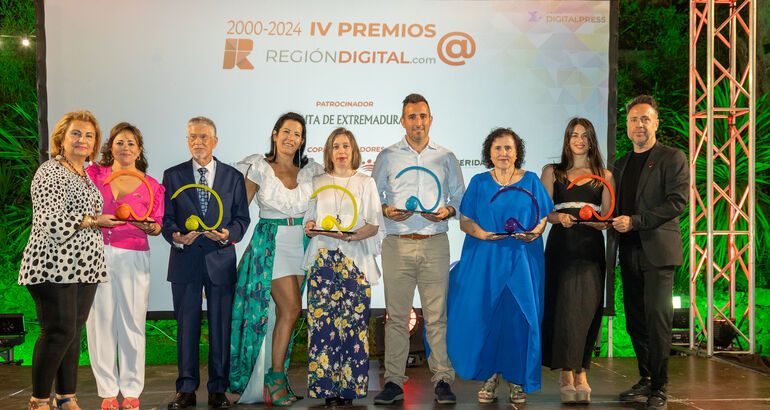
Julio González Morales, CEO of DigitalPress Group, congratulated the awardees and highlighted the crucial role of RegionDigital.com throughout its 24-year history, praising the commitment and loyalty of the team. Looking to the future, he expressed optimism about continuing to innovate and lead projects both in Spain and internationally. He also advocated for simplifying administration for freelancers and businesses. Additionally, he announced plans to strengthen their role as providers of software and digital content, integrating artificial intelligence with specialised journalistic work.
You can visit the full news story on the official Regiondigital.com website.

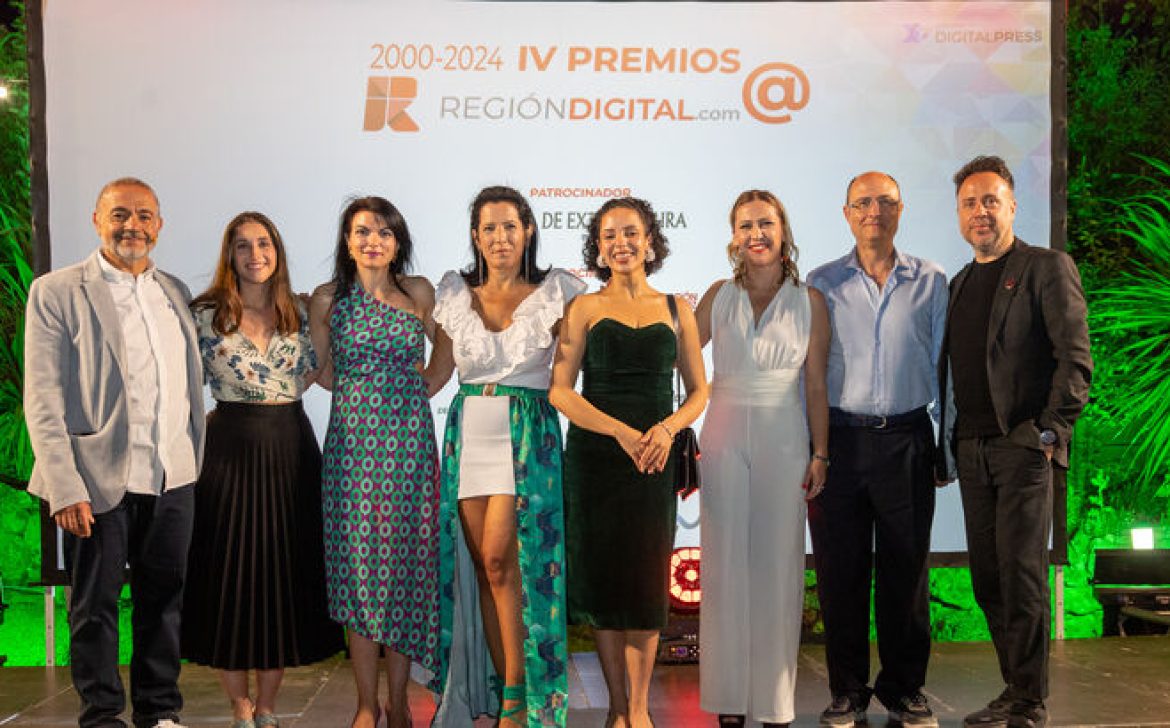
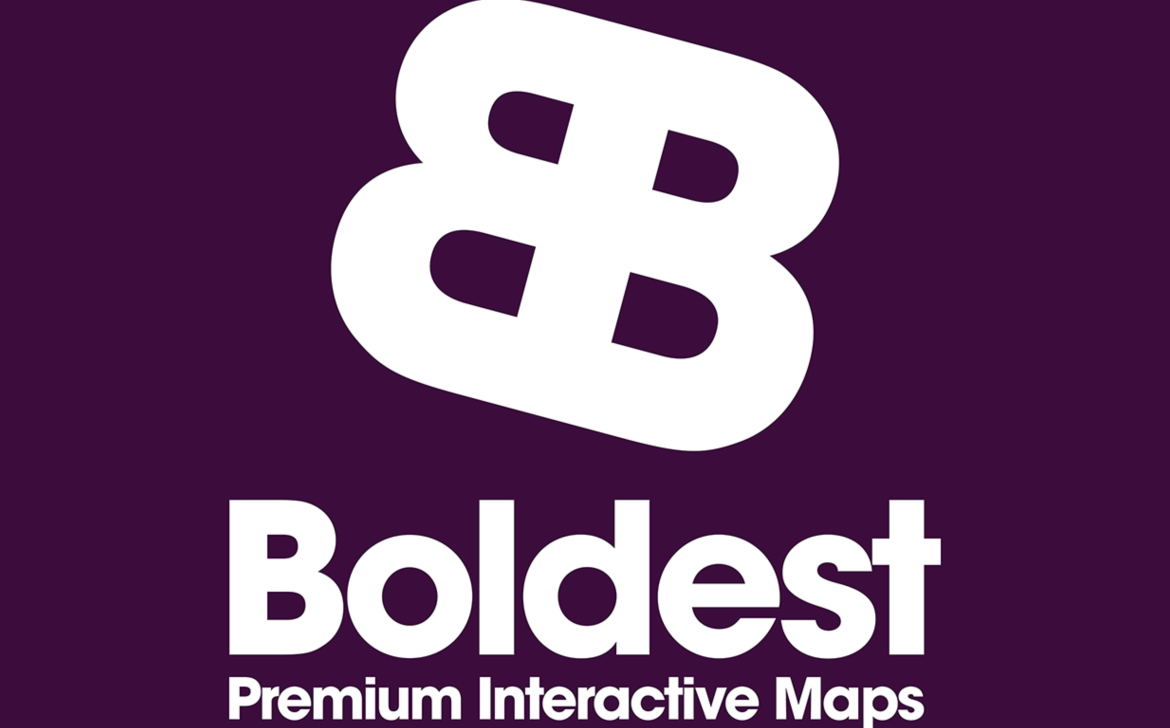
 Founded in late 2020, Boldest is a startup revolutionising how travellers interact with online tourist information. Specialising in the creation of premium interactive maps, Boldest enhances the traveller experience with intuitive and engaging digital tools, optimising marketing and sales for any tourist destination.
Founded in late 2020, Boldest is a startup revolutionising how travellers interact with online tourist information. Specialising in the creation of premium interactive maps, Boldest enhances the traveller experience with intuitive and engaging digital tools, optimising marketing and sales for any tourist destination.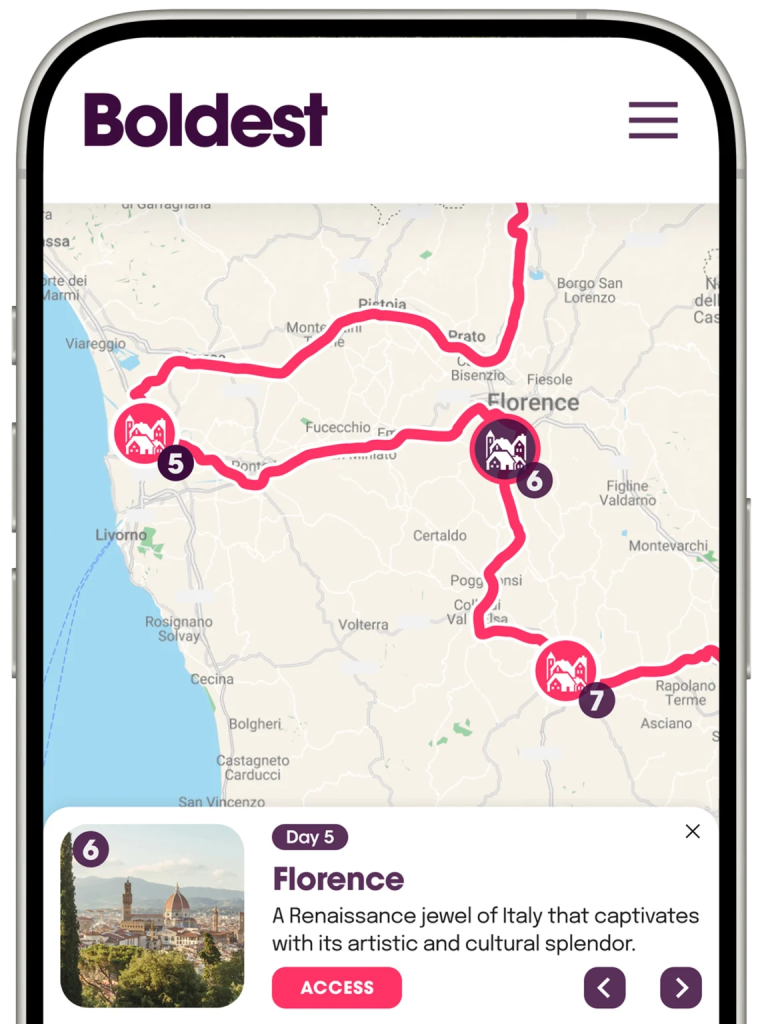


 Real-Time Automatic Updates: Always accurate and up-to-date menu information.
Real-Time Automatic Updates: Always accurate and up-to-date menu information.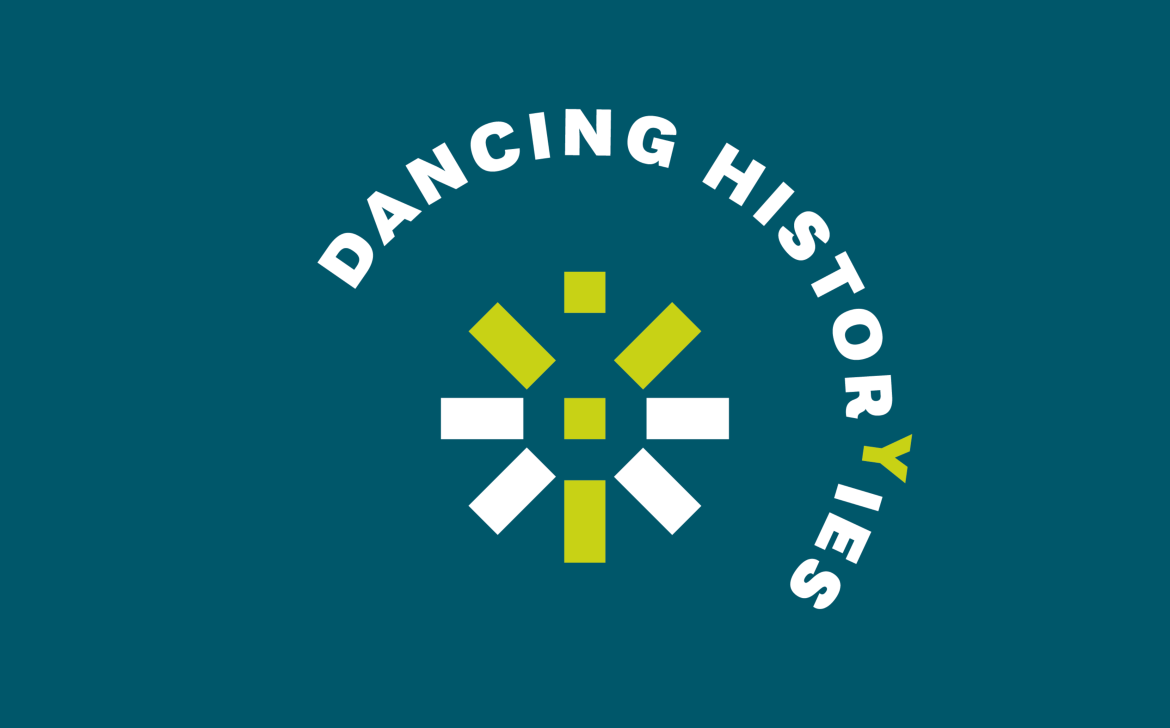
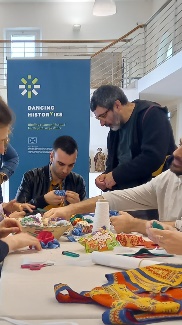 In all the involved communities the workshop is addressed to a wide spectrum of people: elder people, young people, people with disabilities, meaning any range of the active population in the communities.
In all the involved communities the workshop is addressed to a wide spectrum of people: elder people, young people, people with disabilities, meaning any range of the active population in the communities.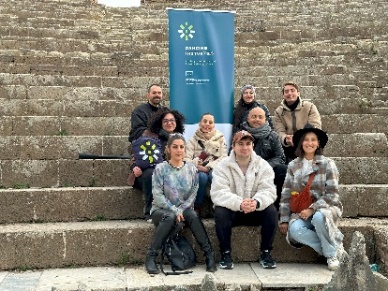
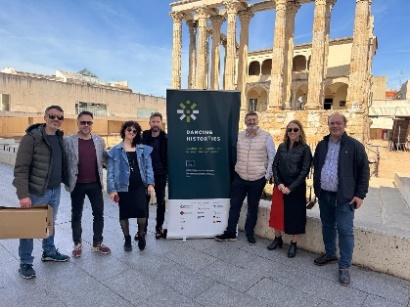
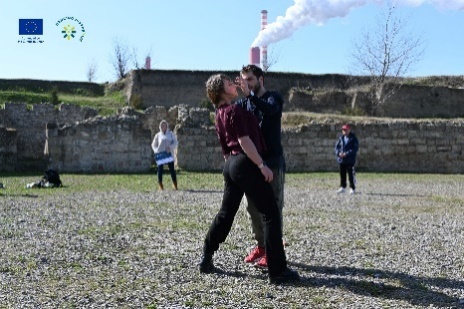
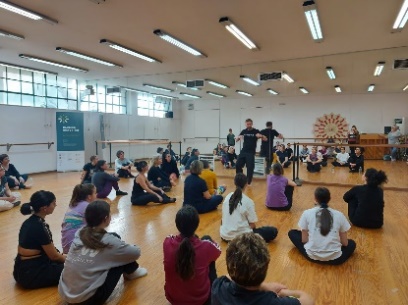
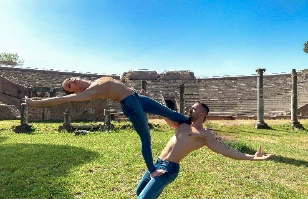

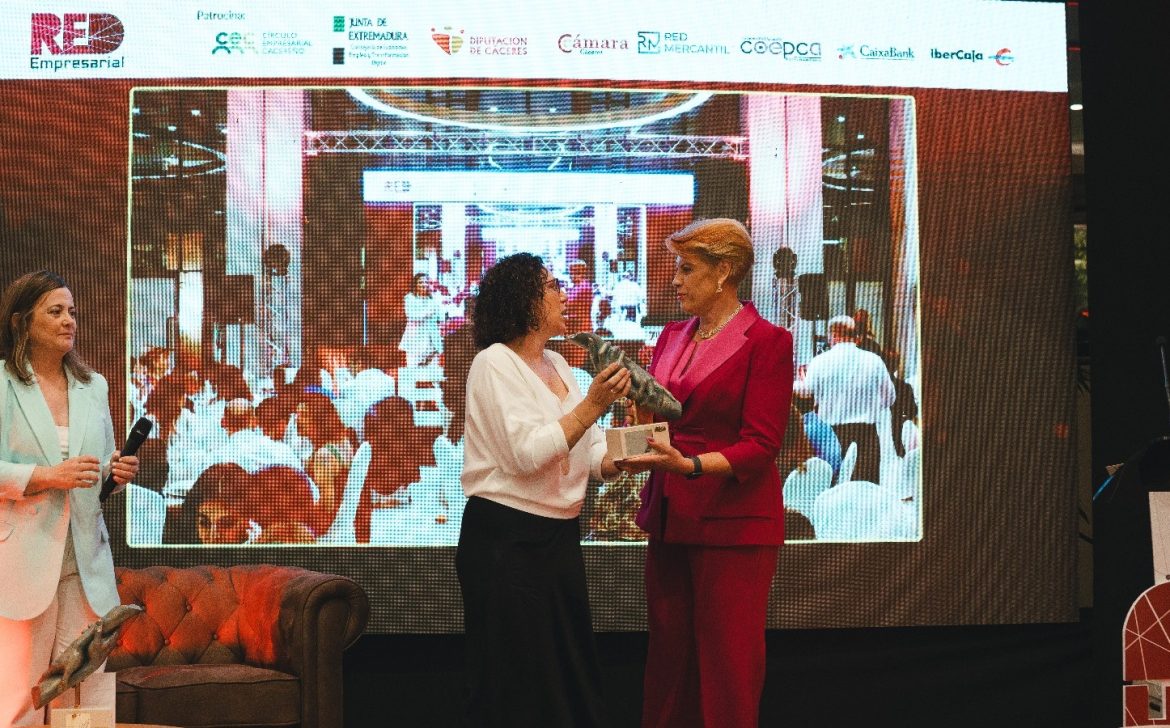
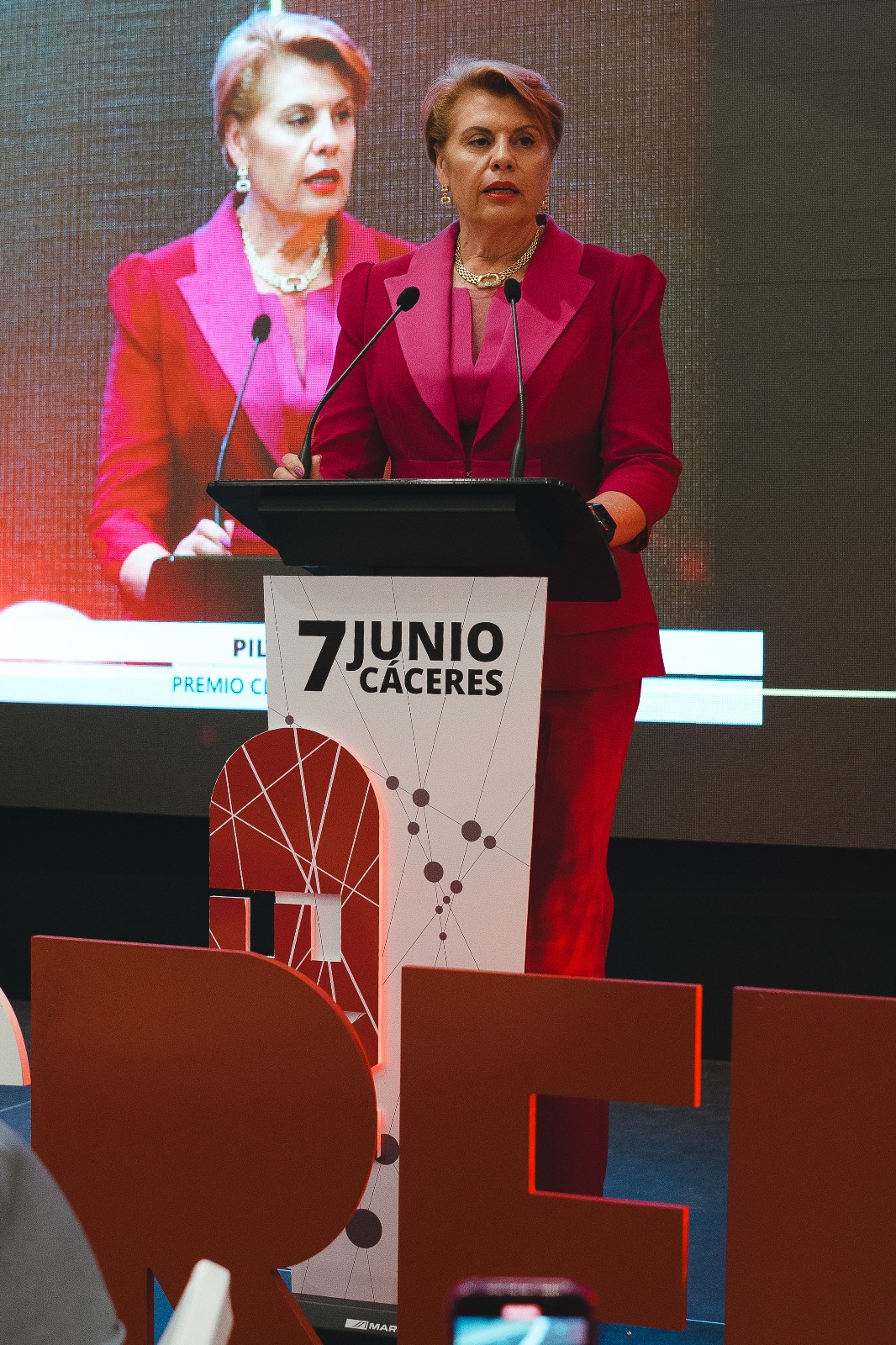
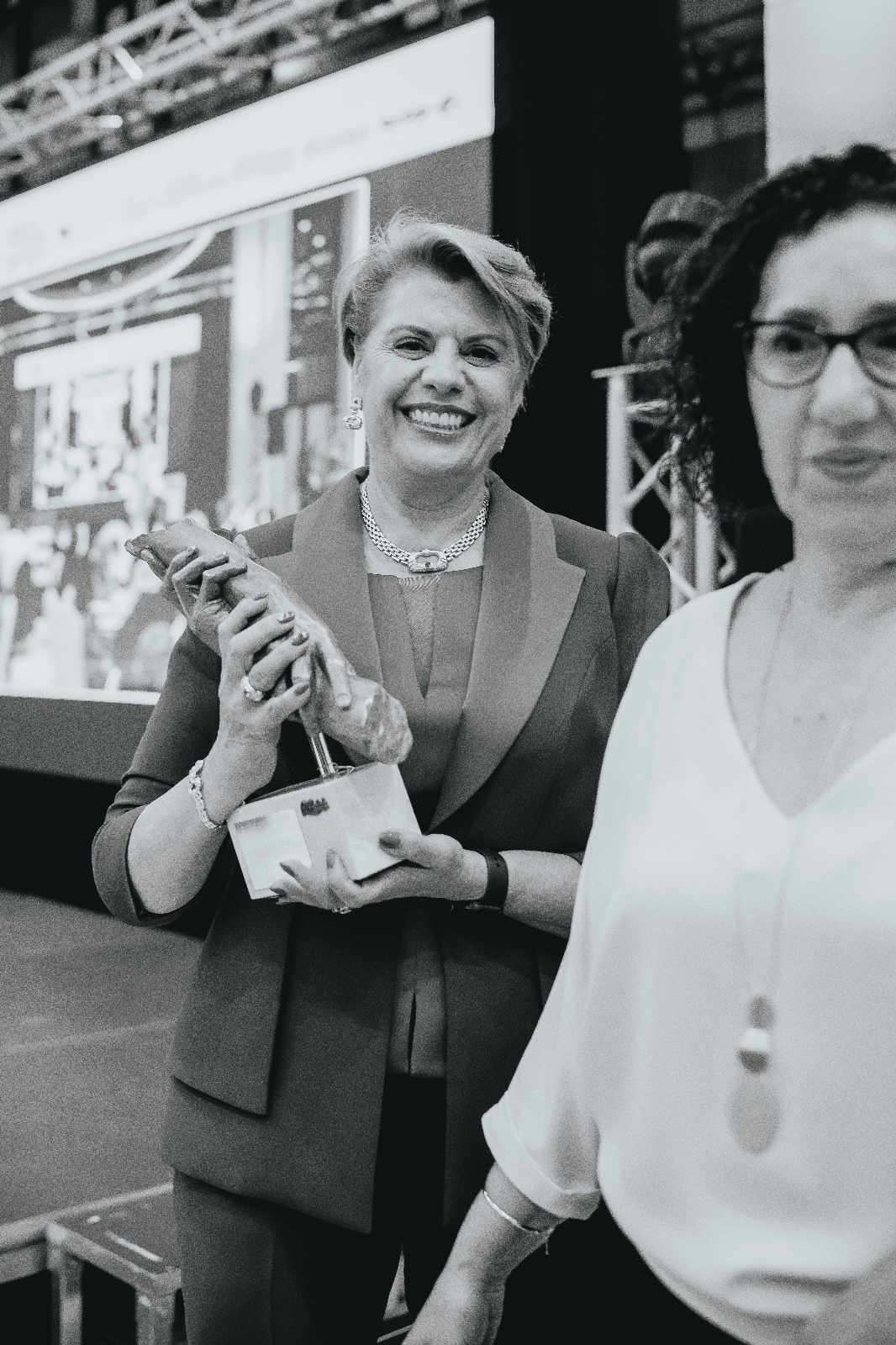
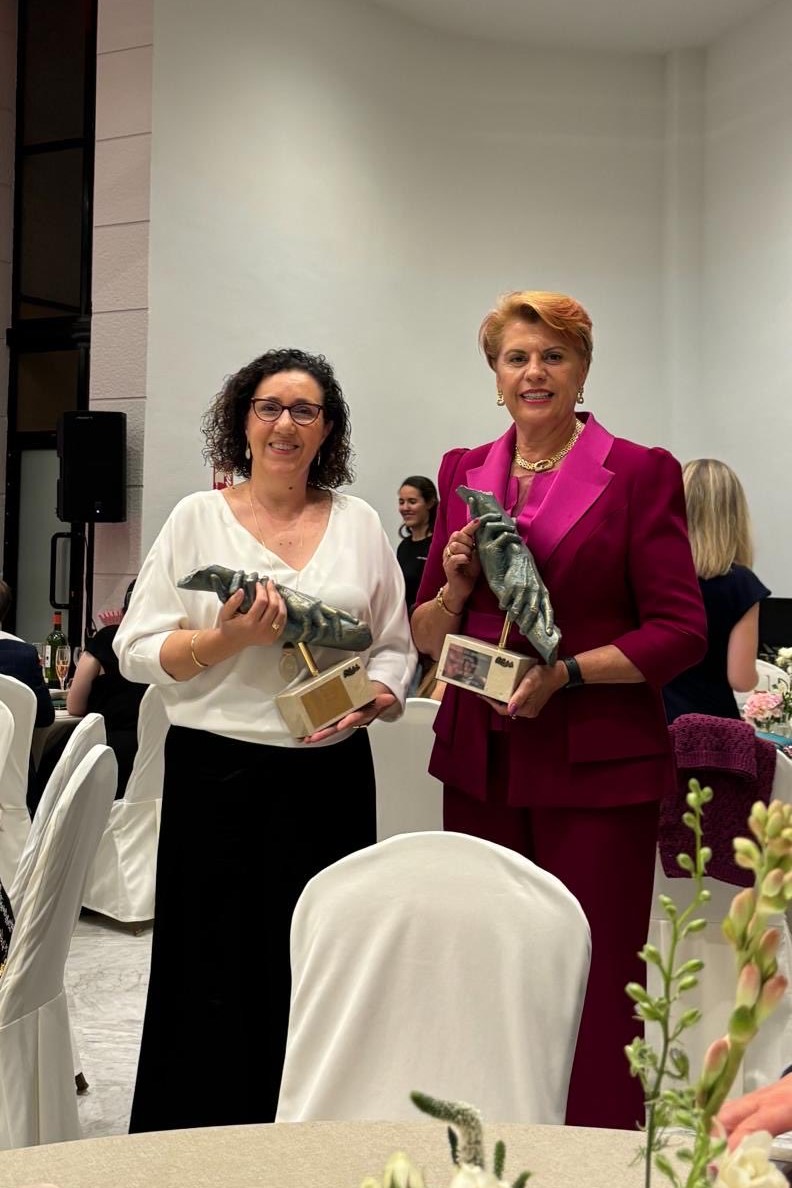


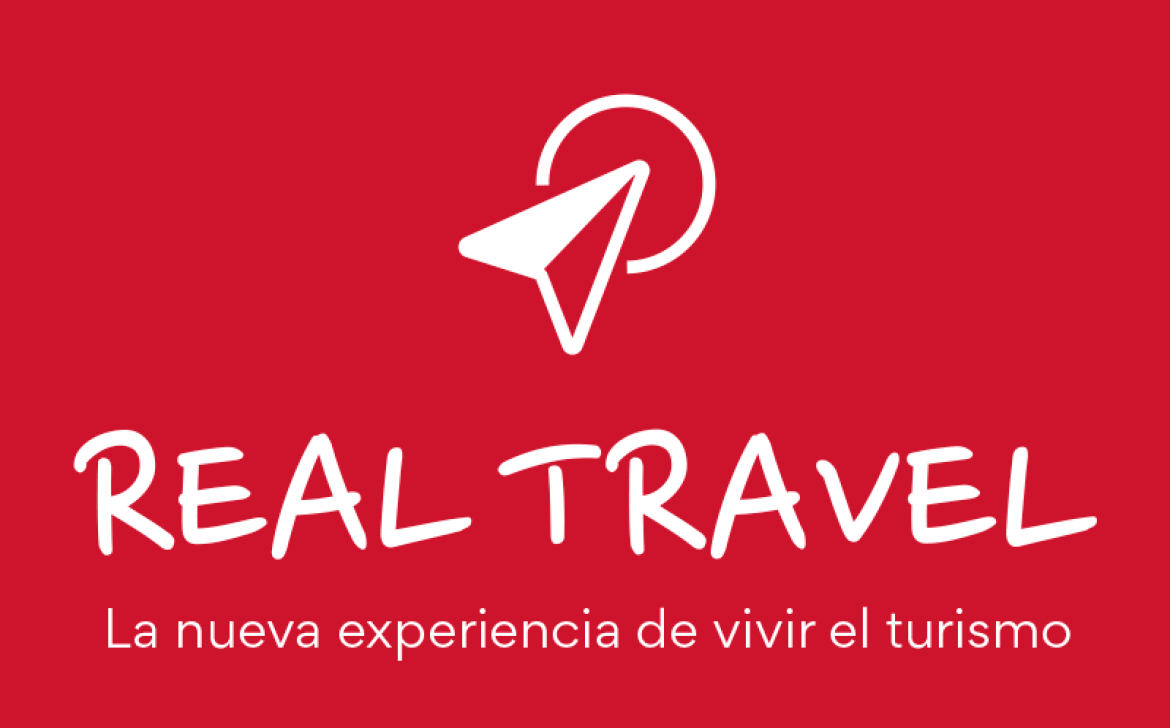
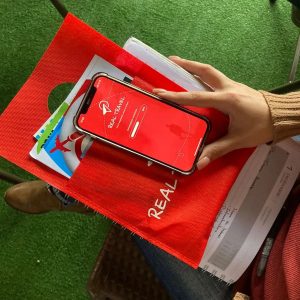 Real Travel transforms the stories of regions into tourist experiences through a mobile tool. This application facilitates the connection, promotion, and management of destinations and tourist services, offering multimedia guides accessible on mobile devices. It enhances local attractions and resources, diversifying the offerings and educating users about local heritage. Additionally, the app allows for the collection of relevant data for territorial planning. Real Travel is free, and its content is developed in collaboration with local stakeholders, creating digital tourist guides with global reach thanks to geolocation. It is available for both Android and iOS.
Real Travel transforms the stories of regions into tourist experiences through a mobile tool. This application facilitates the connection, promotion, and management of destinations and tourist services, offering multimedia guides accessible on mobile devices. It enhances local attractions and resources, diversifying the offerings and educating users about local heritage. Additionally, the app allows for the collection of relevant data for territorial planning. Real Travel is free, and its content is developed in collaboration with local stakeholders, creating digital tourist guides with global reach thanks to geolocation. It is available for both Android and iOS.